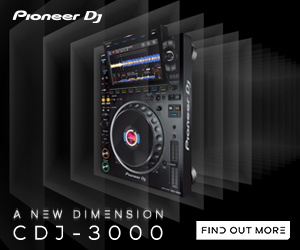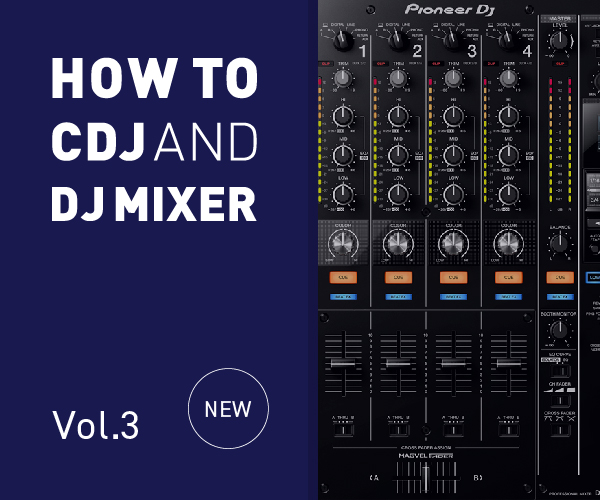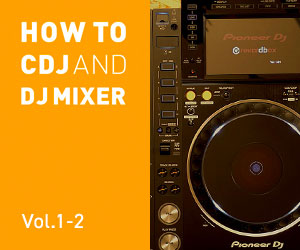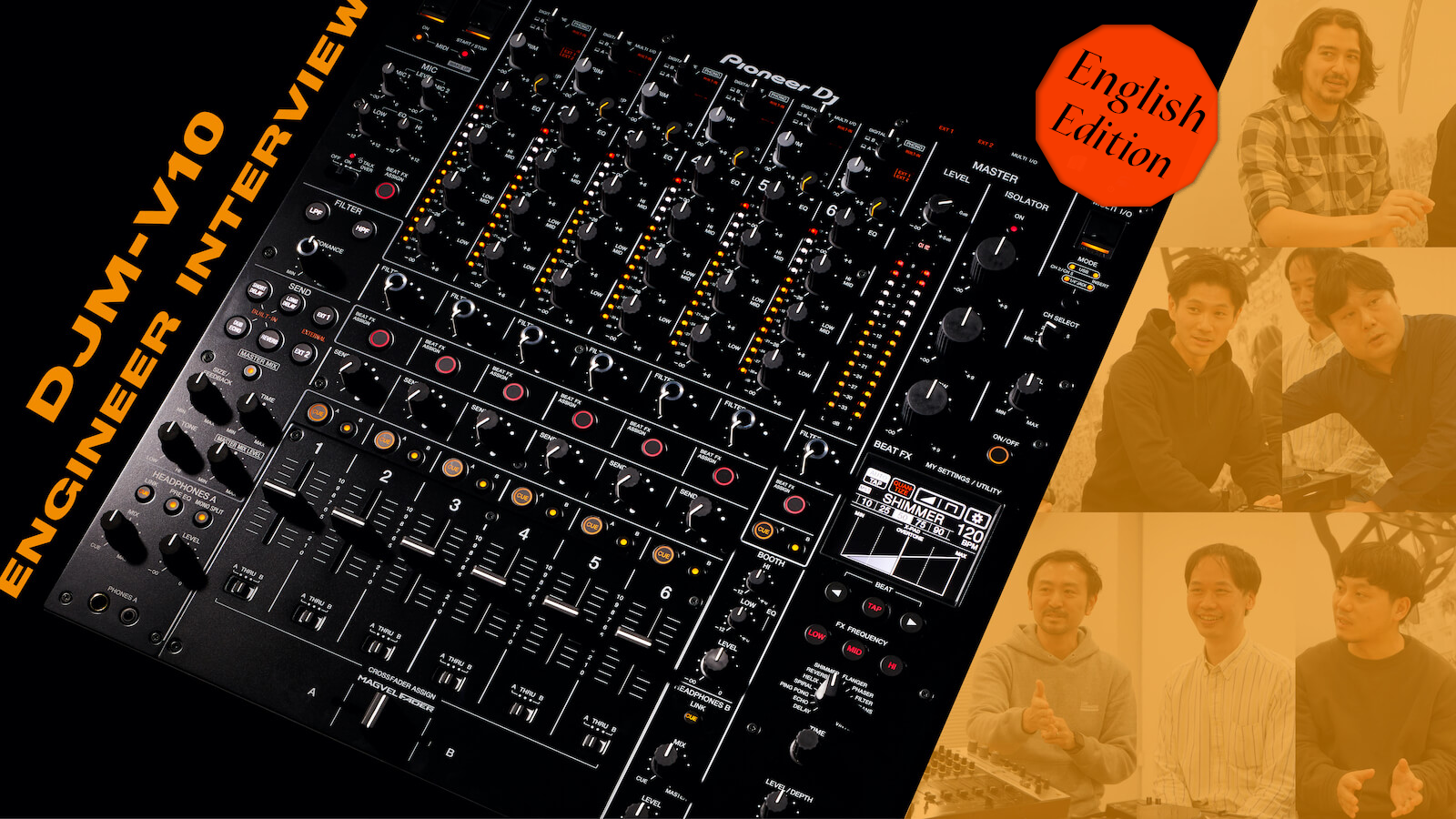
Highlight
Pioneer DJ “DJM-V10” Engineer Interview
Text & Interview : Hiromi MatsubaraPhoto : Shotaro Miyajima
2021.6.16
Exclusively designed Compressor for DJM-V10: control sound pressure intuitively with only one knob
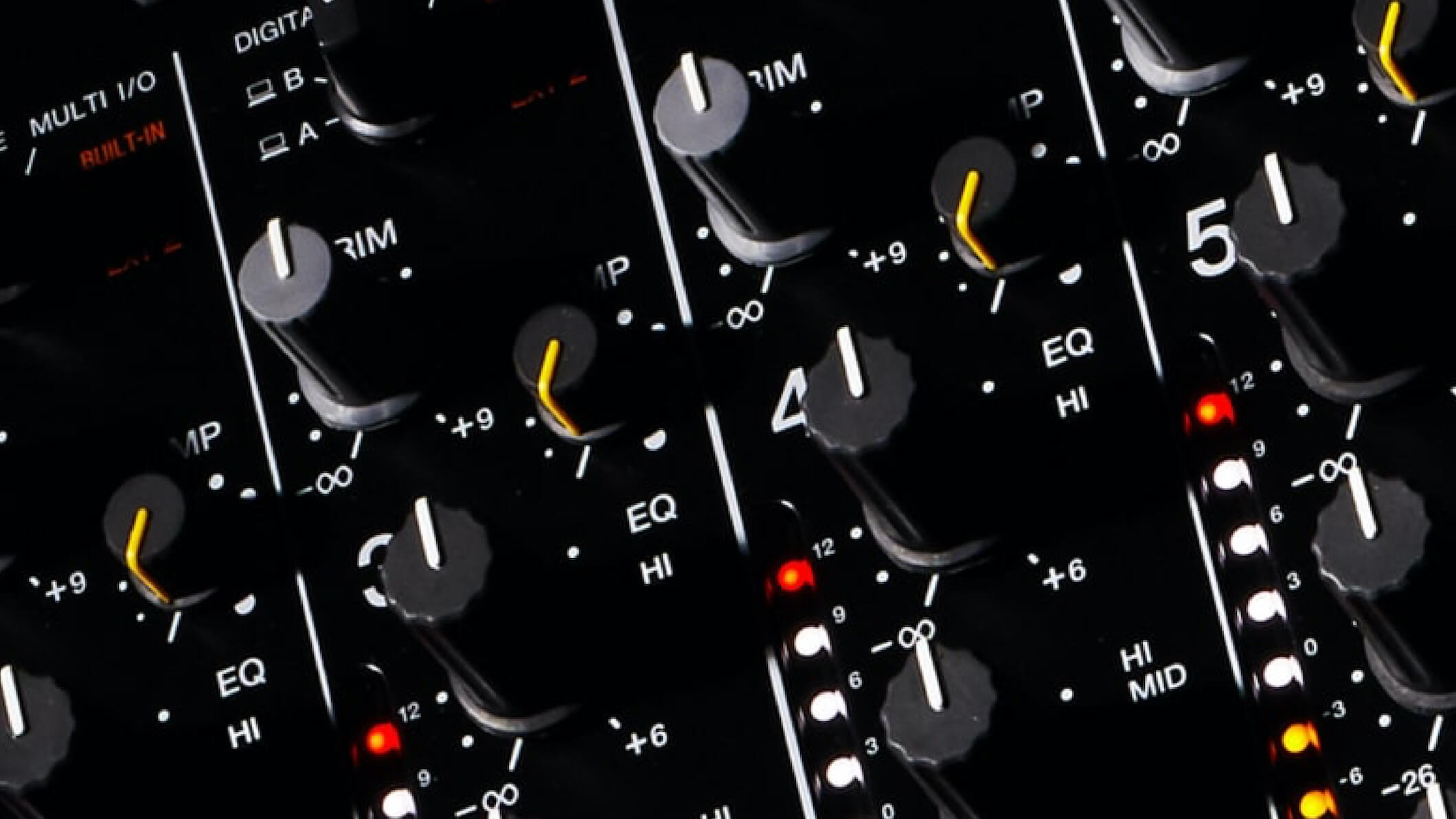
Including others brands’ products, DJM-V10 is the very first attempt to adopt compressors in a DJ mixer, isn’t it?
Montpetit: That’s right. Our initial motivation to incorporate compressors was again, “diversified DJ styles”. When you want to be able to mix un-mastered tracks from varying eras, synthesizers or drum machines, with well-mastered recent tracks easily and naturally, one thing we couldn’t ignore was “a sound pressure” that you cannot cover up by a volume. For example, one time we were observing a performance combining CDJ and a drum machine, he[she] was trying to adjust by turning up EQs and Trims on a drum machine channel, but the sound ended up hiding behind a mastered track. That’s when we though “more flawless mixings could be possible if you can intuitively adjust sound pressures just by one knob and fill the gaps [of different tracks]”, and we agreed on adopting Compressors on DJM-V10. After making this decision, we’ve conducted numerous researches on what makes the best of it.

I imagine “Compressor knobs on a DJ mixer” was unprecedented and incomparable, so how did you work on its development?
Montpetit: We repeated parameter adjustments while having a listen to plug-in devises, to other brands’ DJ mixers with functions such as “Drive” or “Crunch” to bring up sounds, from A to Z. But at the end of the day, we had to illustrate by ourselves “Compressors to be equipped on DJM-V10”, which made this challenge quite hard.
Sugai: Even before the release of DJM-900NXS2, we had often got feedbacks like “I want to mix CDJ and vinyl sound sources, but adjustments are difficult”. On top on that, we have released TORAIZ SP-16 or DJS-1000, leading to some requests saying “I want to bring up a sound pressure, but it doesn’t mix well with CDJ”. Meanwhile other brands have started to implement functions like “Drive” or “Crunch” to make flashy sounds by bringing up a sound peak or by distorting sounds, allowing [processed sounds] to blend well with CDJ. Then, we asked ourselves what WE can do. At first, making a similar thing to “Drive” was one of the possibilities, but we concluded that, if possible, creating true compressors which can make perceived sounds louder enough to naturally mix with CDJ while keeping clean sounds, should be the best solution. That’s how we started the development [of Compressors]. But to be completely honest, it wasn’t very clear until the middle, if we can actually implement them on DJM-V10 or not. There are 6-channel to begin with, then if we add Compressors to each channel, the processing load can be enormous on DPS, which made this into a hard work, a mission.

Ichiro Sugai – Engineering Management Department, Firmware Design Department, Mixer Section
Montpetit: This isn’t a problem limited to Compressors; for all the other elements that reshape sounds, it all causes processing loads on DSP, which is something we constantly concern about during the development process.
Sugai: Many people love compressors because the more you have it, the more it becomes useful. Especially if you are a music producer, there’s no way you don’t know what it is, and there are even vintage compressors praised as masterpieces in the world. What all those mean is, that we have so many powerful enemies. We don’t want to release any bad quality one as far as we deliver it as “a compressor”, in which regard as well, we were a little concerned if it can really make it on DJM-V10 throughout the product development.
Koizumi: Evaluating what should be considered better, was also challenging.
Montpetit: But finally, Sugai’s efforts made this impossible implementation possible. What’s more is, our Compressors have got very good reviews in DJM-V10 feedbacks from artists so far.
Sugai: Let’s hope those good reviews last for a longtime. [laugh]
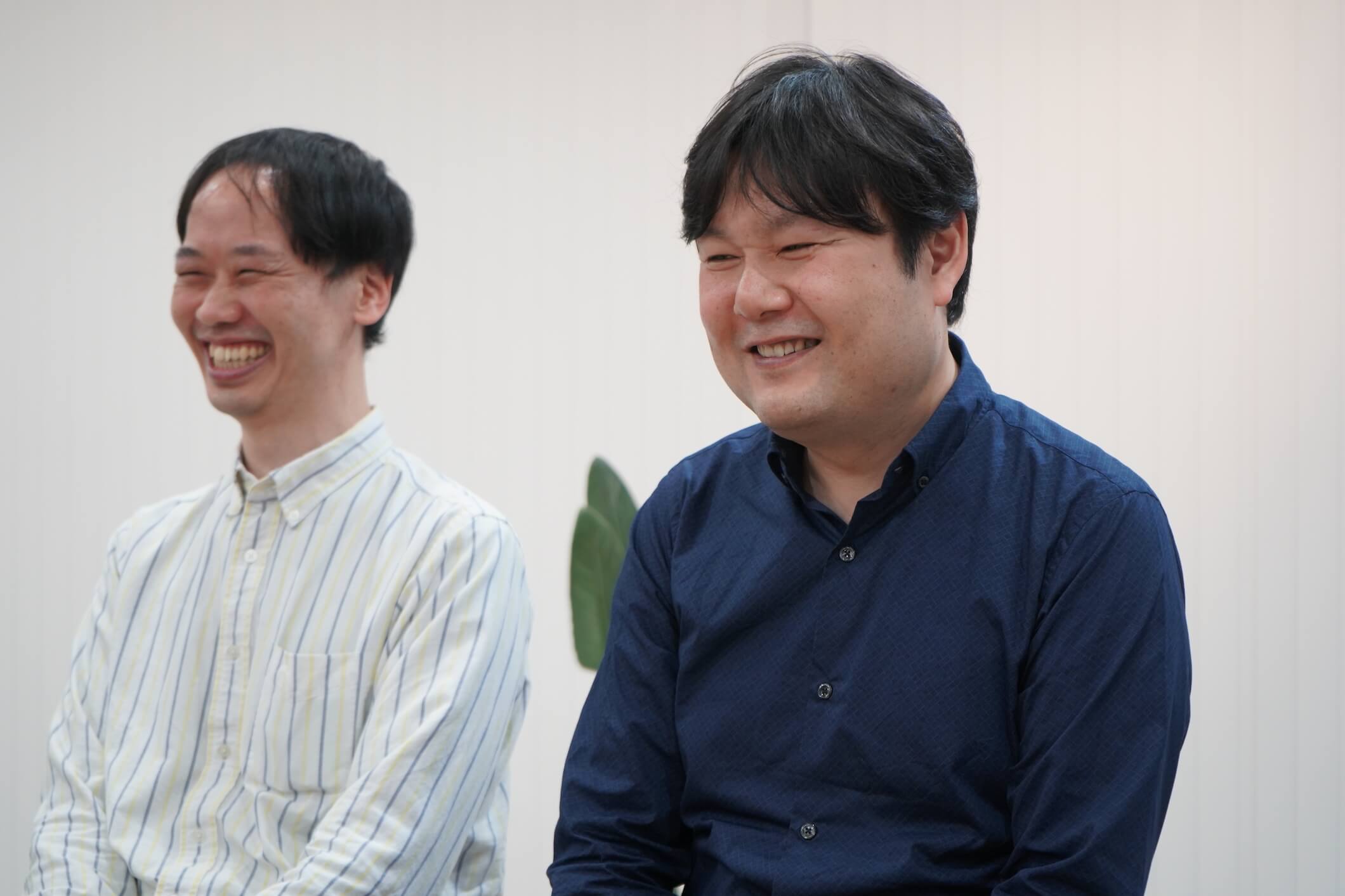
I suppose quite a few users wonder “how is it different from a trim?”, as a channel level indicator goes up and volume gets louder as you turn on a Compressor knob. Here, how can you get the differences between “turning up volume with Trim and with Compressor”, in your opinion?
Montpetit: When a human listen to sounds, we judge its loudness not only with its peak volume simply, but also with things like “how long sounds are lasting”. You are just bringing up a peak volume with Trim, so when you turn it up too much, sounds can get distorted or clipping. On the other hand, a compressor works differently; first you lower louder parts while keeping quieter parts as they are, in this way you even out the volume differences to an extent, then you bring up the whole sound with make-up gain. As parts of sounds fading away are also brought up at the same time here, you can get an extended sound peak. To sum, longer peaks and higher-density sounds can produce louder perceived sounds, while actual volume of a peak sound isn’t changed.
To illustrate, let’s compare acoustic tunes with very wide dynamic ranges or old tracks released when we could only listen with speakers, and recently released tracks. Latter are mastered with the latest technologies, on the assumption that they’ll primarily be listened on earphones; where its sound pressure is brought up generally and its dynamic range is packed, resulting in much louder perceived volume. When you want to mix lively sounds of a drum machine or a synthesizer, or old tracks without enough sound pressures into those recent tracks, you can naturally perform well-balanced mix with Compressors knob.
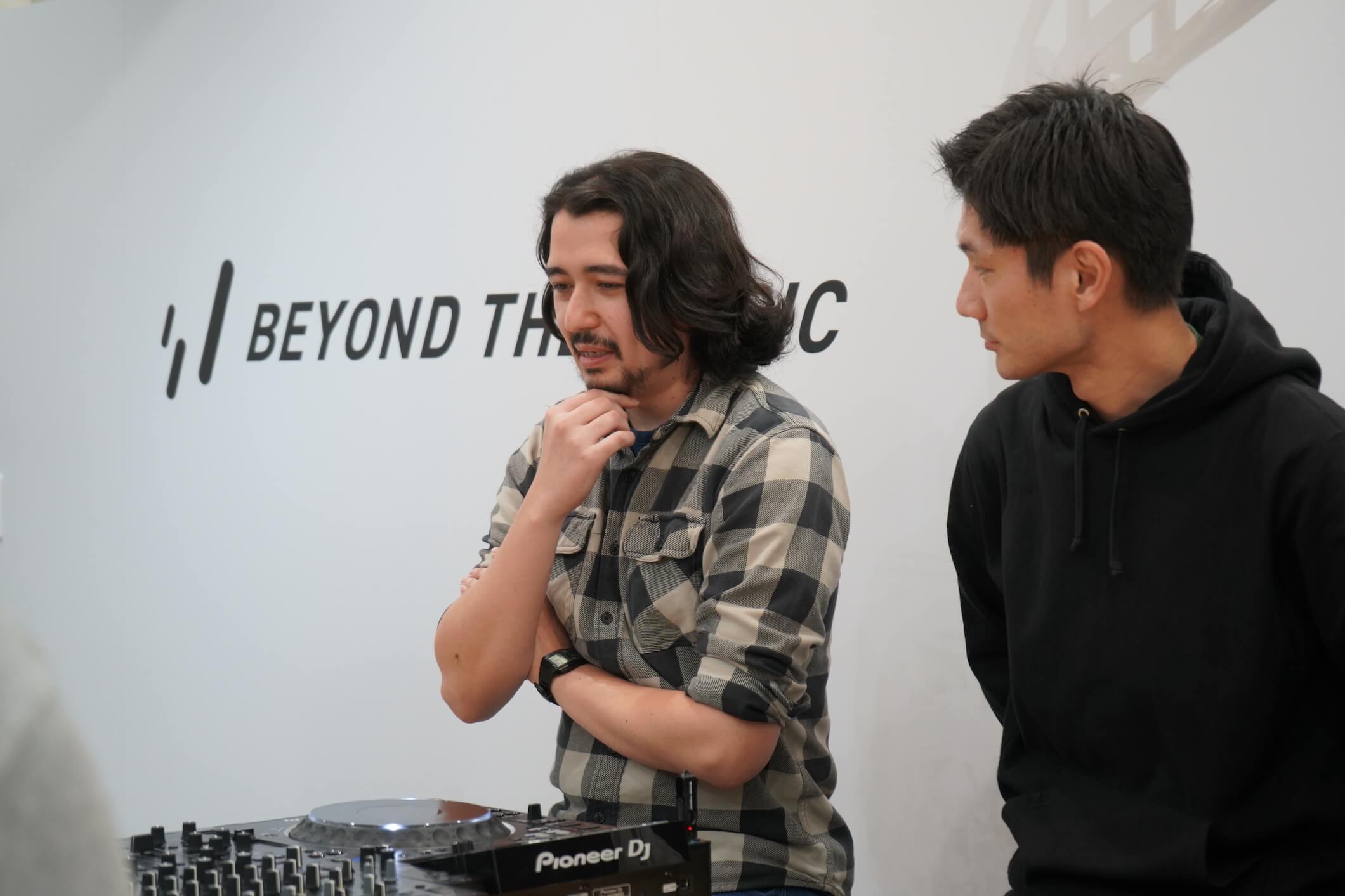
It’s probably a childish expression, but personally I got the impression that Compressors “beefs up” sounds and makes sounds richer.
Montpetit: That a kind of response you can get here.
Sugai: Indeed, people often tell us “so it’s only about turning up the volume, isn’t?”, but they are also right in a way. [laugh]. I’m sure they will get the differences once they get their hands on it.
Koizumi: It’s probably faster to show by mixing that “oh, this compressor is nice”, yet it’s still difficult to verbally explain its potentials.
Montpetit: In this sense, I found ride cymbals of TR-808 was relatively easier to feel [the differences]. When I brought up the volume with Trim, only the peak of ride cymbals was emphasized and the rest of fading parts were buried under. But when I used Compressor, those faded clashing parts in release were also brought up together, blended well into a sound source on CDJ.
Nagata: I tried it with an old reggae track, but the way I listen to it changed completely by comparing Trim and Compressor. It bearded comparison with recent tracks, and it felt to be strengthened with a boosted sound density. I hadn’t really been aware of what a compressor can do until then, yet [after trying it out] I understood: “alright so this is what everyone was trying to achieve!”.




